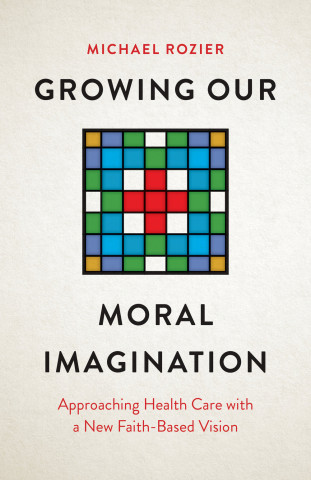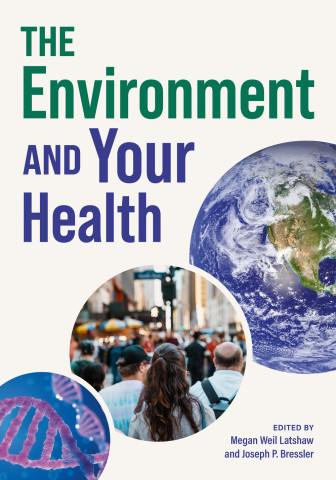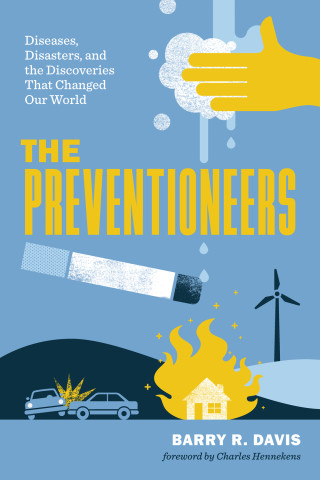
Reviews
An insightful book that should be of interest to anyone who eats food, animal or not.
This engaging treatise lays out a compelling case for reexamining the way we produce the food we eat. Required reading for those who are interested in learning more about where our food comes from.
Little doubt exists that meat production is fraught with problems. After reading Silbergeld’s book, my next visit to the farmer’s market will be a more enlightened one.
A sobering, vivid tour of people and places covers the far-reaching impact of Arthur Perdue’s chicken empire, animalfeed antibiotics and MRSA, worker safety at a hog-slaughter megaplant in Tar Heel, North Carolina, and Brazil and China’s recent "chickenization".
Chickenizing Farms & Food is essential reading for anyone concerned about food safety, about worker safety, and the industry that has far too little concern for either.
... much good can be found in these pages, and Ellen K. Sibergeld offers useful input regarding the most complicated question in globalization and food production today: what are we supposed to do about it?
She is clear-eyed and practical in the solutions she offers at the end of the book. Refreshingly, Silbergeld does not advocate a return to "the agriculture of the past" (which she believes is romanticized and effective only for affluent producers and consumers), but rather a systematic overhaul of agriculture as an industry.
Silbergeld writes in an easy, conversational style that demonstrates a sweeping knowledge of human history ranging from the Egyptians to Immanuel Wallerstein’s works on the modern world system. She also marshals an impressive array of facts to defend her case. Chickenizing Farms & Food is a must-read for anyone who cares about the production of the things we eat.
The strengths of this volume are its clear presentation of concepts and evidence, lucid explanations of the supporting science, and spirited critique of both sides in the Big Ag/Food vs. Small/Local Ag/Food encounter.
The book is engaging and compelling... She [Silbergeld] glosses over nothing.
"A powerfully original exploration of the problems of industrial-scale animal agriculture that touches on public health, the environment, and worker safety. No one else has written so thoughtfully or vividly about the 'chickenization' of the agricultural industry around the world and what it means. Silbergeld has written an important, informative, and excellent book.
Listen to Ellen. The dangers that she reveals are real, but so are the opportunities to do better. As a life-long farmer, producing over 50 million chickens annually with no antibiotics or drugs, I know that a superior—and safer—model can be successful.
It takes a tough professor to write a book that takes on the proponents and opponents of the industrialization of agriculture at the same time. Ellen Silbergeld's approach is based in public health: how to make sure all people are able to access nutritious and safe food. She writes with data, humor and passion. This is a critical contribution to discussions about our global food supply.
This timely book raises issues at the core of our agricultural dilemma. If we’re going to expand production sustainably and safely, we need to take this uncomfortable dive into the murky ways in which we keep ourselves fed.
This is a must read for anyone interested in our food system—how we got here, why it doesn’t work, and how we move forward. Ellen Silbergeld has many groundbreaking insights about how and why the industry failed us when it comes to public health, food safety, and protecting workers.
What are the consequences of the industrialization of our food production? Ellen Silbergeld’s journey shows why we should be worried, and offers a glimpse of a hopeful future.
Chickenizing Farms and Food is an insightful look at where our food comes from and how it is brought to the dinner plate. Silbergeld brings us face to face with the harsh reality as she explores ways we can go forward in feeding the world.
Our agricultural systems and processes have changed over the last century, with unintended consequences—from increased human health risks to degraded environmental conditions. Bravo to Dr. Silbergeld for reminding us of our past, confronting us with a reality we have allowed, and presenting us with questions for which we must find answers.
This absorbing and compelling work exposes the interconnected risks to food and worker safety from industrialized animal production. Silbergeld describes the devastating impact of deliberate manipulation and weakening of consumer and worker protections by powerful vested interests. Few books have the power to change public policy. This is one.
Book Details
Preface
Acknowledgments
Introduction
1. Can We Talk about Agriculture?
2. Confinement, Concentration, and Integration
3. It All Started in Delmarva
4. The Chickenization of the World
5. The Coming of the
Preface
Acknowledgments
Introduction
1. Can We Talk about Agriculture?
2. Confinement, Concentration, and Integration
3. It All Started in Delmarva
4. The Chickenization of the World
5. The Coming of the Drugs
6. When You Look at a Screen, Do You See Lattices or Holes?
7. Antimicrobial Resistance
8. Collateral Damage
9. Have a Cup of Coffee and Pray
10. Food Safety
11. Can We Feed the World?
12. A Path Forward, Not Backward
Notes
Index






